Turners, Constables & Lowrys: China Embraces Manchester’s Collections
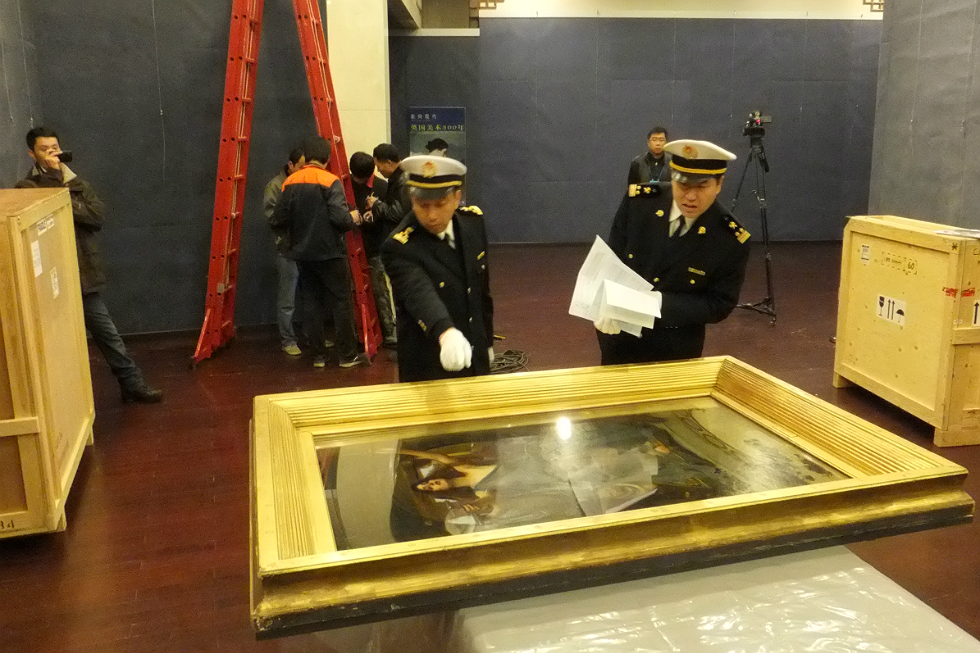
Manchester’s museums are finding new international interest in their archives, finds Jon Bottomley — which will be crucial in keeping the doors open back home and investing in our next generation of art stars…
Fragility in the arts sector rests within financial uncertainty. The struggle of generating an income — alongside producing a successful body of create programming and attracting audiences — is a constant battle and one that, if lost, creates a disjointed narrative within the identity of a region. However, a new weapon has emerged in the fight for survival: galleries and museums are turning to their archives as a way to generate income.
For the past few years there has been a rise in loaning artworks to different galleries across Europe and Asia and, as a result, Manchester’s collections are being viewed by audiences who are unfamiliar with the landscapes and industries which have supplied the city with an economy in constant transition. It’s an experiment in seeing whether the acquisitions made in Manchester are of interest to different environments, and one that offers a crucial financial lifeline to the gallery itself.
Manchester has had a strong year creatively. The opening of the new purpose-built arts venue HOME and the refurbishment of The Whitworth have been greeted with celebration and awe. Securing millions of pounds for a programme which is creative is an achievement in itself, but to have two of these venues in the North of England highlights the trust its backers have for its audience, who appreciate content that is rich with ideas.
The value of these institutions opening is in part defined by their location in the city centre. The activity and the wealth of the city invites all types of audiences to engage with art spaces and see them as both places of reflection and as cultural landmarks. In this sense, they create progressive statements on both the identity of Manchester and the integrity of the content it supplies.
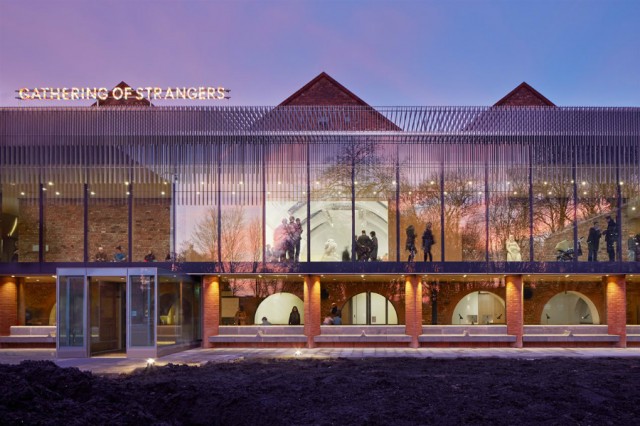
Director of The Whitworth, Maria Balshaw, agrees. “I think there’s a really interesting narrative emerging around the notion of a ‘Northern Powerhouse’ with Manchester as its centre, but with also other regional centres such as Liverpool – giving a sense of cultural identity and focus for the North.” One emerging area for growth is the boroughs of Greater Manchester; naturally drawing fewer visitors than their city centre cousins, they are nonetheless a vital resource in which residents and tourists alike can talk, share and discuss their views.
In order to promote the presence of local galleries and build upon their potential, Greater Manchester Museum Group (GMMG) – a partnership of eight North-West museum services including Bury Art Museum and Touchstones Rochdale – are uniting their collections and engaging shared communities. By collaborating, the boroughs have the chance to showcase the similarities and differences within their collections. A working relation is gained, and the opportunity to develop becomes a gathering of ideas rather than a solo proposition.
The GMMG collaboration has found enormous recent success with Towards Modernity: Three Centuries of British Art; an international touring exhibition which saw 80 works of art from the North West visit different areas of China. The success of this programme elevated both Greater Manchester’s heritage, archives and that of local galleries, which are not typically greeted with as much attention as that of the blockbuster exhibitions featured in bigger institutions.
The triumph of the tour had originally been instigated by financial constraints at Bury Art Museum, as curator and international touring officer Richard Burns explains: “We started developing international touring exhibitions with the objects in our collection, with a view to generate more income for the museum.”
“Since the large cuts within our sector,” fellow curator Susan Lord continues, “almost all museums and galleries have had to find new ways of generating an income.”

The resulting Towards Modernity exhibition attracted over three million visitors in China – over 90 million viewers if you count Chinese media coverage – and directed audiences back to Greater Manchester.
The real reward, says Lord, came from the joys of working with the artworks. “It is such a pleasure to work with the collections – I think a lot of curators will tell you that. With a genuine love for objects and artwork, working in the industry can be very rewarding.” By presenting the works to people unfamiliar with Manchester and its collections, the work is given fresh interpretation, and presents a crucial opportunity to re-navigate its purpose.
Part of the renewed interest in collections comes from contemporary artists making work stimulated by them; as Cornelia Parker showed earlier this year in her exhibition to celebrate the grand reopening of The Whitworth Gallery. “Cornelia made a whole new series of works inspired by the collection, particularly inspired by Turner and William Blake”, says Balshaw. “For me, this collaboration creates the dialogue between ideas and objects and the final curatorial outcome.”
As pieces of history, archives have the potential to be altered and shaped into new ideas. They are allowed to be historical documents, but by attaching themselves to artists they become changed by the mind-set of the individual who places their own logic onto such pieces. It’s important to recognise the originality of the art as much as it is to recognise artists who generate new work from them, because they allow us to see our history through different lenses and offer a varied account on the evolution of our culture over time.
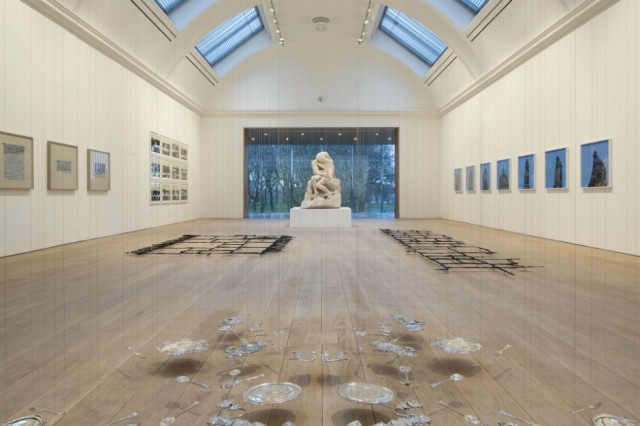
The link between Manchester’s past and contemporary artists is key to The Whitworth’s on-going exhibition programme, says Balshaw. “My ideas focus on finding objects in the collection, and those objects are then selected or shown to other artists in order for them to create a response, which will be brought together in the exhibitions that we do.”
By interpreting historical artworks, artists are challenged to use new production and making as a foundation that they can build upon, through their own creativity. The reference to the collections trickles through to the portfolio of the artist and bridges a relation between them and the institution itself. In this sense, the artist gains a valuable working relationship with the archive.
That being said, is it possible that the collections can support contemporary artists financially as well as creatively? If international touring programmes are to continue and develop, then maybe it is possible to use the money made as a way to commission contemporary artists to produce new work. It is a cycle that could support both the museum and the artist, gaining impetus as touring exhibitions develop. The momentum of this plan could produce on-going, custom-made exhibitions for galleries in Manchester, strengthened by the efforts made by curators and artists.
The notion of a Northern Powerhouse could also be strengthened by different working methods. It would be a chance to initiate fresh interest in archives and collections. GMMG have already fostered a prosperous working relationship between galleries and collections , Towards Modernity being their main success story so far; maybe through persistence and discussion there is chance to progress this way of working even further. More frequent shows with a bigger band of arts organisations — joining forces across the North — would thus increase financial reward, while sharing a rich heritage internationally with audiences.
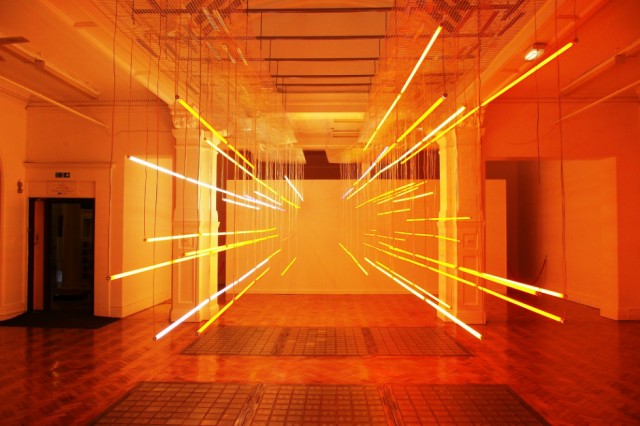
The international appeal of collections is based upon the artworks’ historical relevance, says Rebecca Hill, curator at Gallery Oldham. “Like a lot of industrial towns in the North-West, we really benefit from the wealth of the 19th century as it is the basis of our collection. We have Turners, Constables, Lowrys, pre-Raphaelite artists; people don’t know that we have them and don’t usually associate them with places like us.”
The idea that regional galleries don’t house strong and interesting work is a misconception which can potentially damage our interest in visiting them in the first place. To re-define their position, a need to define the content and programme of the institution needs evaluating. Bury Art Museum alone has 60,000 objects, and there is a concious effort underway to continue collecting.
“The focus on the collection is certainly on 21st century now, as we are in the commissioning process”, says Burns. “We try to invest in local artists… If we had the money we would commission much more.”
One relatively cheap way that galleries and museums are highlighting acquisitions new and old is by digitising them. Online artworks — represented through gallery websites and via external platforms such as BBC’s Your Paintings — are easily accessible documents, providing information in a pragmatic, fast way. Art available at the touch of a button may be enough to warrant the idea that you don’t have to travel miles to see the real thing, but for those who see artworks as experiences, this may not be the case. Harnessing the hunger for seeing art in its physical form could be a key marketing and sales tool moving forward; that could, of course, happily translate into new commissions.
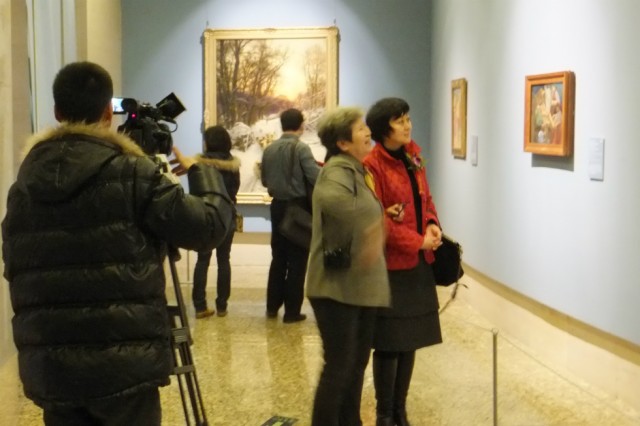
We have seen through GMMG that the potential to develop exhibitions internationally is possible and worthwhile. In order to develop this, we need to be honest about the financial life of the North-West’s content, and develop a framework in which both the collections and artists of the region are encouraged to grow. To support this, more attempts at touring internationally with our superb, culture rich collections would be a step in the right direction.
As Balshaw noted earlier, the narrative of creativity is shifting and growing. However, the story needs to include the boroughs of Greater Manchester in order to develop the region’s communities. Time will tell if the trails of wealth in the city will find their way to the boroughs, but one thing will remain – the efforts made by the curators.
“We have submitted a £6 million application to the Heritage Lottery Fund,” Hill tells me, “to bring back the former gallery we used to use, in addition to our lovely new spaces. At the moment the old gallery stands empty, with no real use. The bid also includes building a new Coliseum and auditorium theatre for Oldham. If the proposal is successful the project will open in 2018.”
How worthwhile could this reinvestment be for the community, providing employment, ideas and international recognition? Let’s hope this opportunity doesn’t slip by but presents itself as something certain and powerful to act upon.
Jon Bottomley
This article has been commissioned by the Contemporary Visual Arts Network North West (CVAN NW), as part of a regional critical writing development programme funded by Arts Council England — see more here #writecritical





